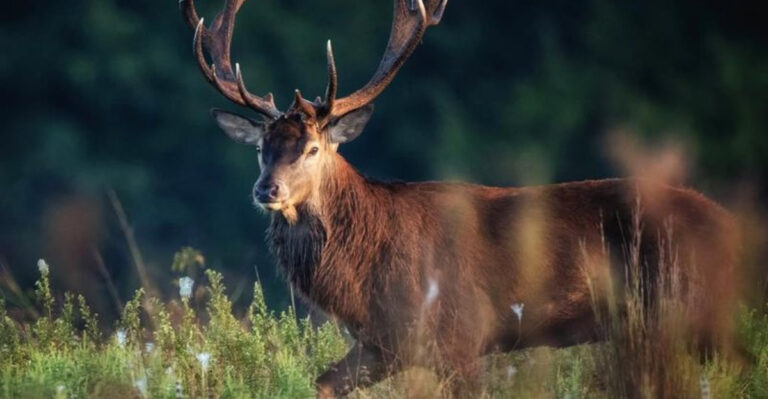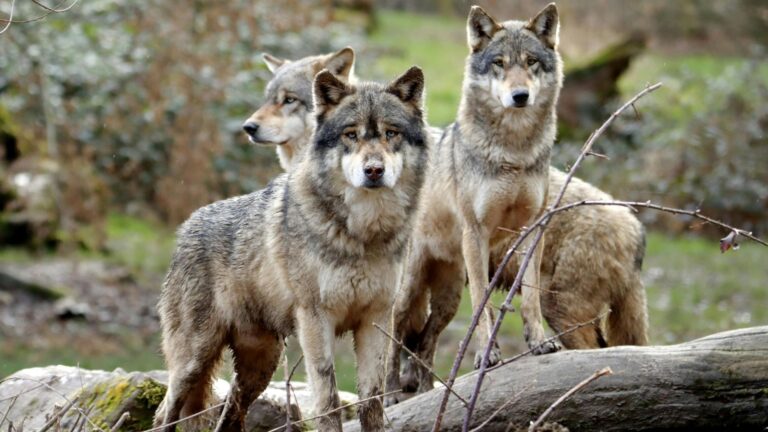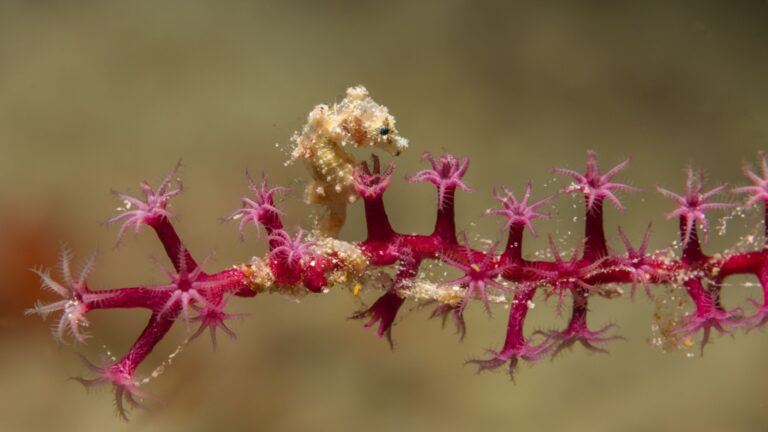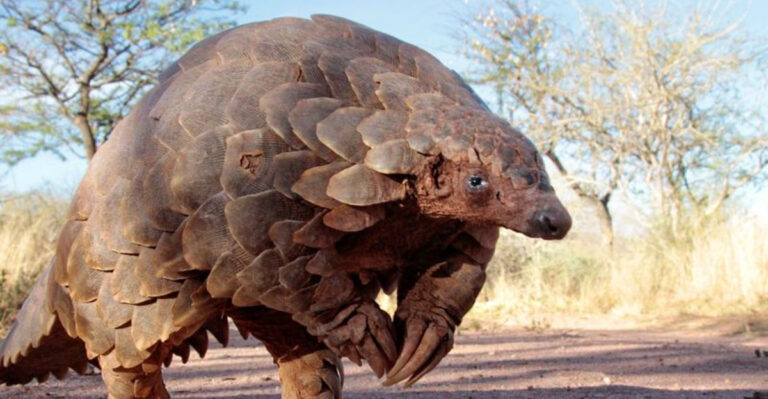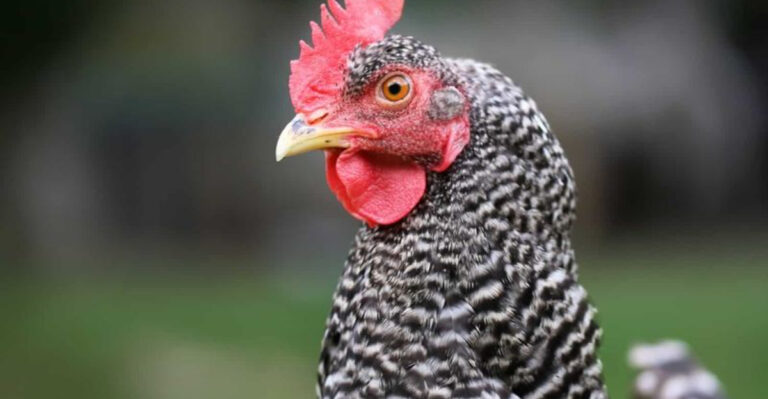17 Animals That Can Smell Fear And What They Do About It
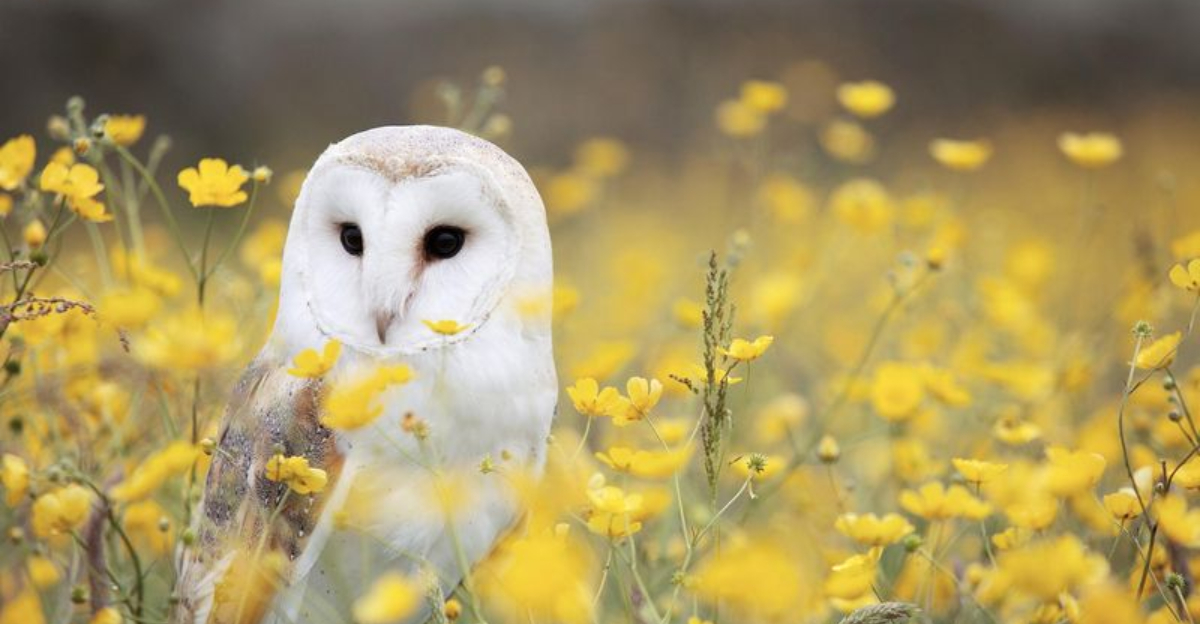
Ever wondered if animals can sense your fear? Some creatures have an incredible ability to detect fear through scent or behavior changes.
In this list, we’ll explore fascinating animals that can sense fear and what they choose to do about it.
From household pets to wild predators, each animal has a unique way of responding to this primal human emotion.
1. Dog
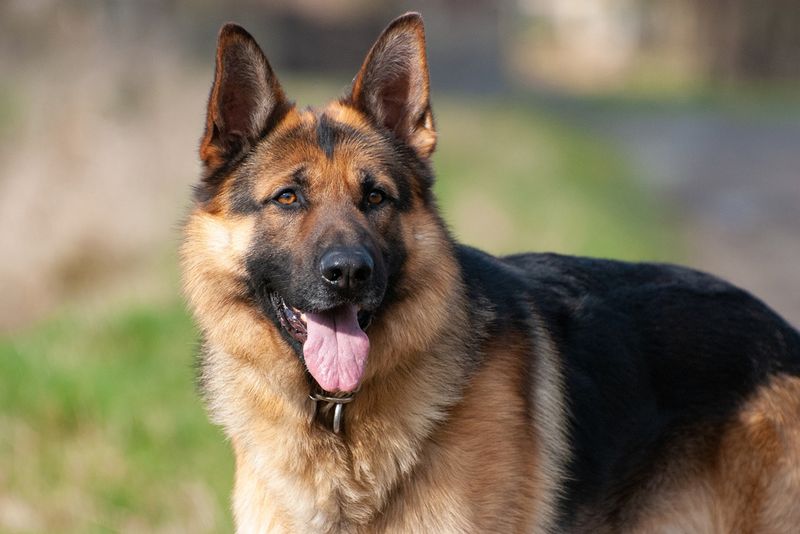
Dogs, with their keen sense of smell, can detect changes in human body odor associated with fear. This ability is linked to their training as service animals and their deep bond with humans.
When a dog senses fear, it might become protective or try to comfort its owner.
In some cases, dogs trained as emotional support animals will instinctively nuzzle or lean against a person to provide reassurance.
This amazing sensitivity makes them wonderful companions in stressful situations. Who wouldn’t love a furry friend that actually knows when you need a hug?
2. Cat
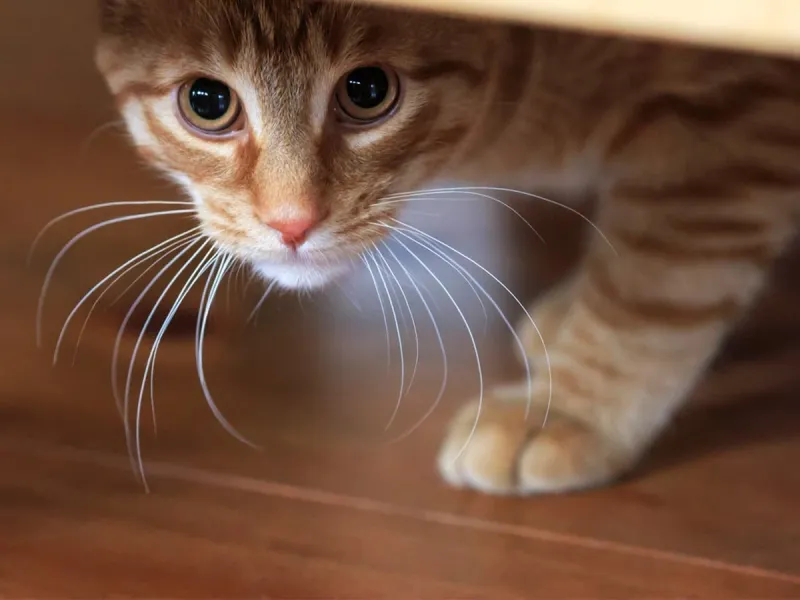
Cats, often perceived as distant, have their own way of sensing fear. Their acute observation skills allow them to pick up on body language and subtle changes in scent.
Unlike dogs, cats may become more aloof when they sense fear, choosing to watch from a distance. It’s their way of assessing the situation before deciding how to react.
Some might surprise you by suddenly becoming affectionate, rubbing against your legs or purring. Cats are mysterious creatures, and their unpredictable reactions to fear make them all the more intriguing.
3. Elephant
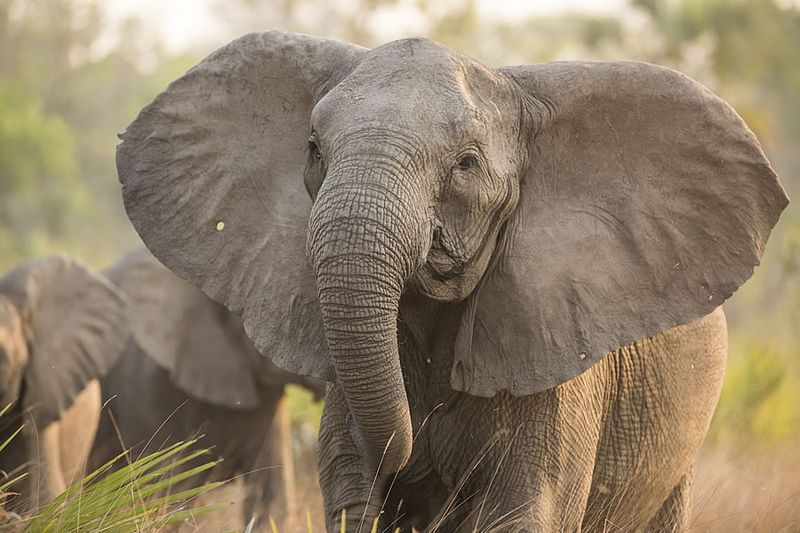
Elephants are known for their intelligence and strong social bonds. Their ability to sense fear is believed to be linked to their acute sense of smell and understanding of human emotions.
When elephants detect fear, they may react with curiosity or concern. In the wild, they’ve been observed to approach humans cautiously, using their trunks to investigate.
This empathetic nature is one reason elephants are often seen comforting distressed members of their herd. Their gentle approach to fear highlights the depth of their emotional intelligence.
4. Shark

Sharks have a reputation for being fearsome predators, and they can indeed detect fear. Through electroreception and their keen sense of smell, sharks pick up on subtle cues emitted by frightened prey.
When sensing fear, a shark may become more curious and circle closer to investigate. While this might sound terrifying, it’s essential to remember that not all sharks are aggressive.
Many are simply curious creatures of the sea. Their ability to sense fear is part of what makes them such efficient hunters in the ocean’s depths.
5. Snake
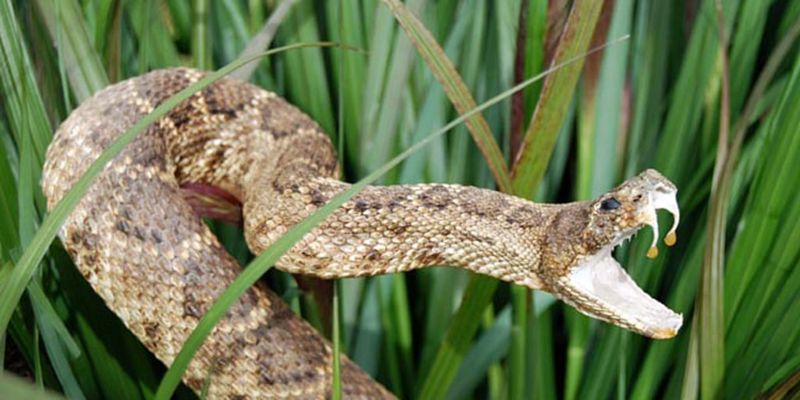
Snakes, particularly those with heat-sensing pits, can detect fear in prey animals. This ability helps them gauge when to strike.
When a snake senses fear, it might become more alert, tracking the movements of its potential prey. Interestingly, some snakes might hesitate to strike if they sense excessive fear, as it could indicate a dangerous or unpredictable target.
These reptiles rely on both scent and vibration to interpret the world around them, making them fascinating creatures in the wild.
6. Bee
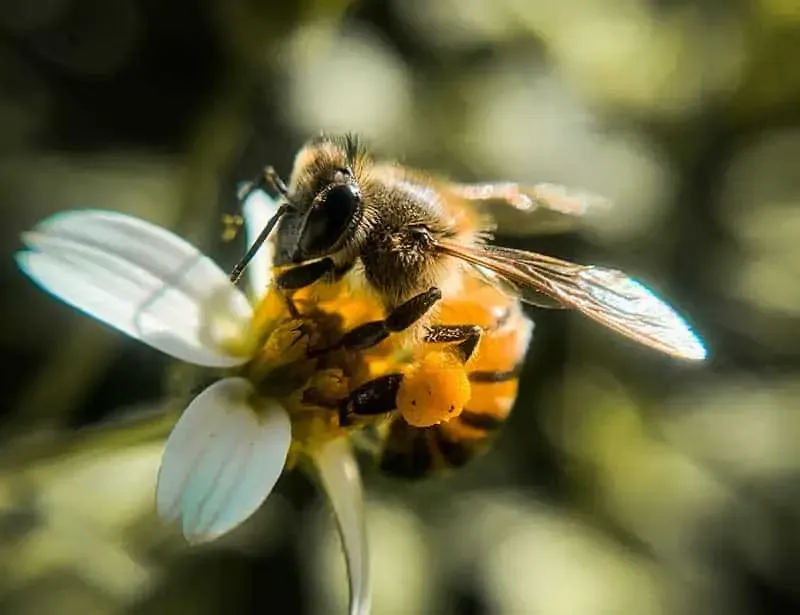
Bees are more than just honey producers; they’re excellent at sensing fear. When a person nearby becomes anxious or afraid, they might emit pheromones that alert bees.
This can lead to defensive behavior, as bees perceive the fear as a threat to their hive. In such scenarios, they may become more aggressive and ready to sting.
While this can be alarming, it’s simply a bee’s way of protecting its community. Understanding this response helps in approaching bees calmly to avoid unnecessary stings.
7. Horse
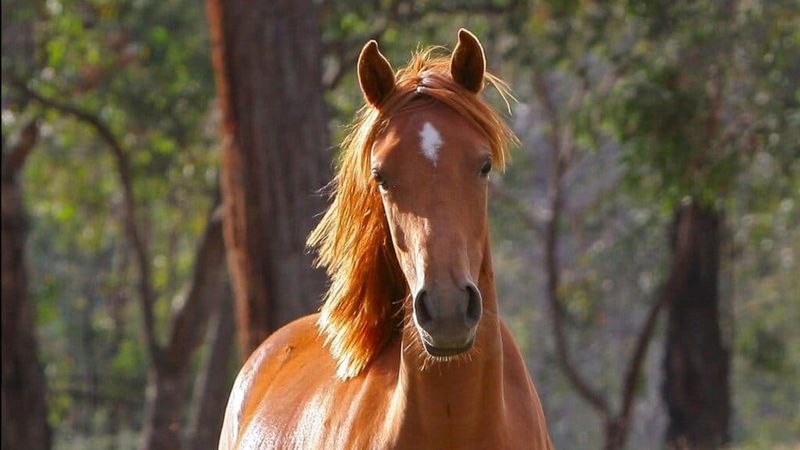
Horses are highly sensitive animals, capable of detecting fear through body language and scent. When they sense fear, a horse might become skittish or nervous, reflecting the emotions of the person nearby.
This sensitivity often makes them excellent therapy animals, as they mirror human emotions and provide insight into one’s mental state.
Conversely, a trained horse may also become calmer to provide comfort. Their intuitive nature is one reason why horse therapy is so popular in helping individuals overcome anxiety and fear.
8. Mouse
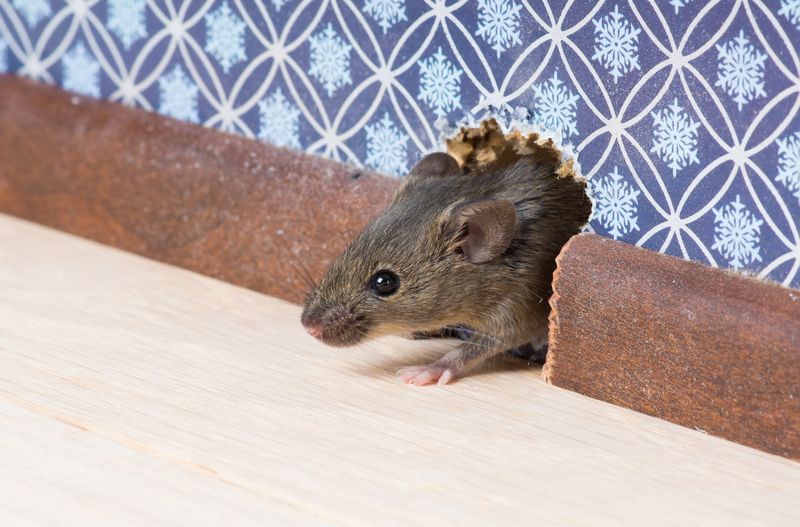
Mice, with their acute sense of smell, can detect the pheromones released by predators and frightened animals. When a mouse senses fear, it may freeze or scurry away to find safety.
This instinctual response helps them escape potential threats in their environment. Mice are tiny but resilient creatures, constantly alert to changes around them.
Their ability to sense fear is crucial for survival, driving their quick and often unpredictable movements when danger looms.
9. Dolphin
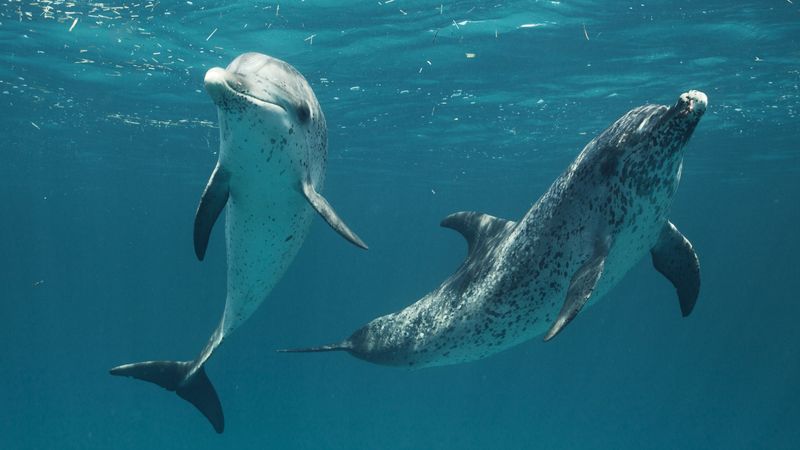
Dolphins, known for their playful nature and intelligence, can detect fear through echolocation and body language. When they sense fear, dolphins may approach more cautiously or choose to offer comfort.
In some cases, wild dolphins have been known to protect distressed swimmers from sharks, showcasing their empathetic behavior.
Their ability to sense emotions is part of what makes them such beloved marine mammals.
10. Crow
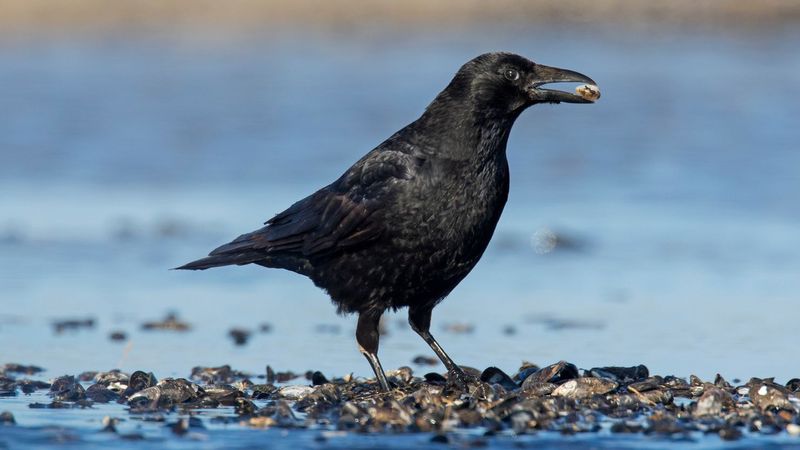
These intelligent birds can sense fear in both humans and animals. They use their keen observation skills to pick up on subtle clues in body language and vocalizations.
When a crow senses fear, it might become more cautious, alerting its flock to potential danger. Crows are known for their problem-solving abilities and social nature, often working together to assess threats.
Their ability to sense emotions makes them fascinating creatures to observe in the wild and highlights their complex social structures.
11. Wolf
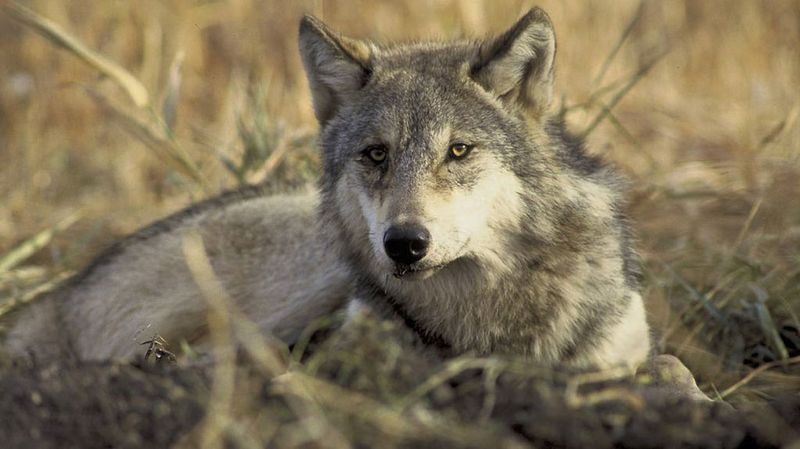
Wolves, as pack animals, rely heavily on social cues and scent to sense fear.
When they detect fear in prey or potential threats, wolves may become more strategic in their approach, using teamwork to encircle and assess the situation.
This keen understanding of fear helps them in hunting and maintaining social order within the pack.
While their reputation may be fearsome, wolves are intelligent and deeply connected creatures, their responses to fear showcasing their complex social dynamics and survival instincts.
12. Bat
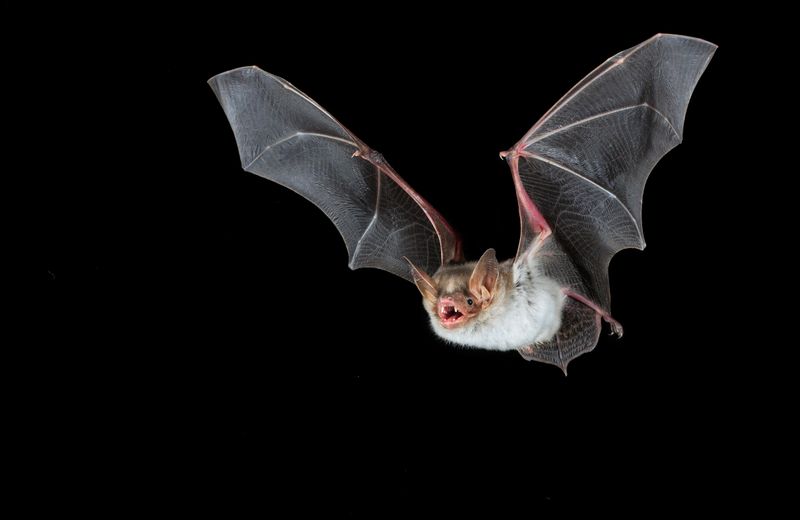
These often misunderstood creatures of the night can sense fear through echolocation and scent. When a bat detects fear, it might adjust its flight pattern, either veering away or investigating the source.
Their ability to navigate in the dark and respond to changes in their environment is remarkable.
By understanding how bats sense fear, we can better appreciate their role in the ecosystem and overcome common misconceptions about these fascinating nocturnal animals.
13. Octopus
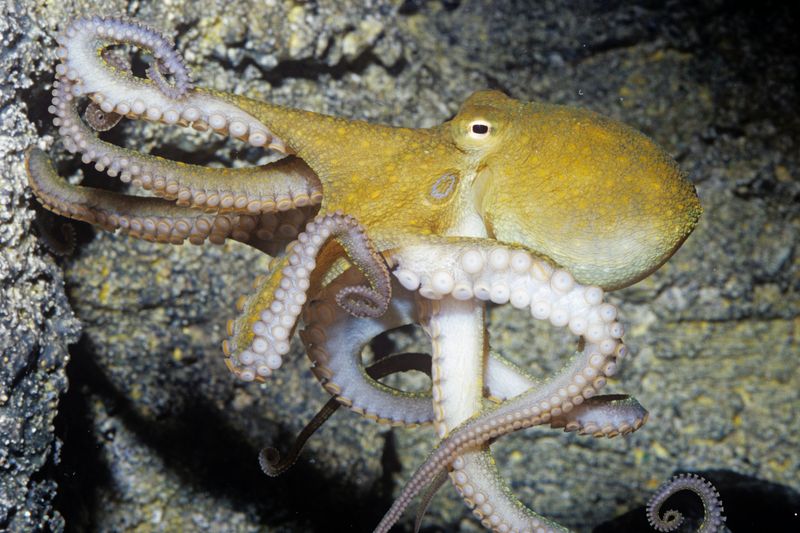
Octopuses can sense fear through chemical cues in the water.
When they detect fear, an octopus might change its color or pattern as a defensive mechanism or to communicate.
This ability to camouflage is not only a survival tactic but also a way to interact with their environment.
Octopuses offer a glimpse into the complex world of marine communication and adaptation, their responses to fear showcasing their unique place in the ocean’s ecosystem.
14. Raccoon
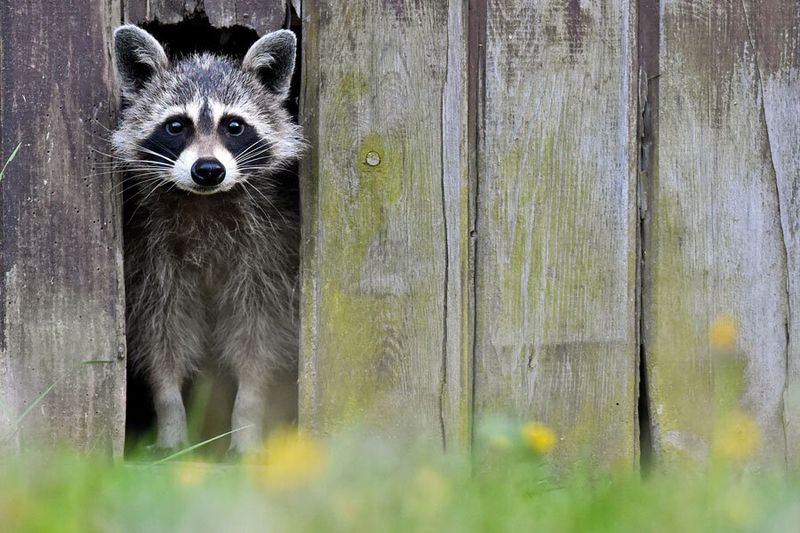
With their dexterous little paws and inquisitive nature, raccoons can detect fear through scent and observation.
When they sense fear, a raccoon might become more cautious, retreating to a safe distance to assess the situation.
Their adaptability to urban environments has made them skilled at navigating human spaces, often leading to unexpected encounters.
Raccoons’ ability to sense fear and adjust their behavior highlights their cleverness and resilience, making them both a nuisance and a fascinating part of nature’s tapestry.
15. Owl
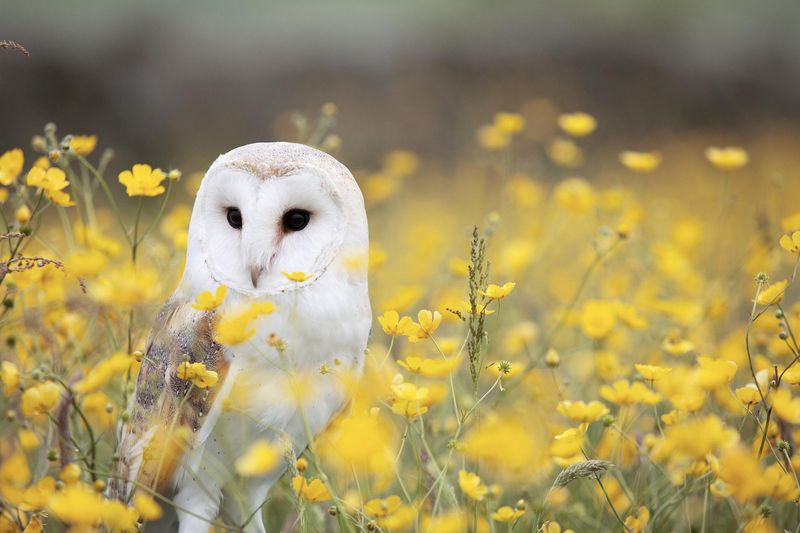
Hoot hoot! Guess what? Owls, with their silent flight and keen senses, can detect fear in prey animals. This allows them to hunt efficiently under the cover of darkness.
When an owl senses fear, it may become more focused, using its sharp talons and beak to capture its target swiftly.
Their ability to sense fear through sound and movement makes them formidable hunters in the bird kingdom.
16. Bear
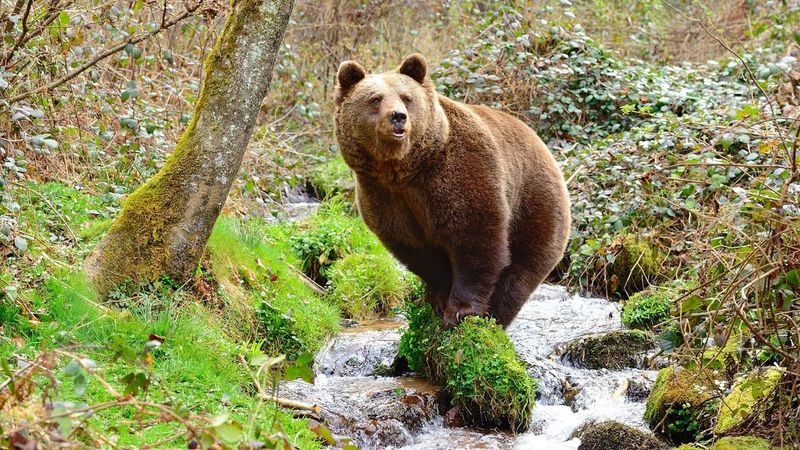
With their powerful presence, bears can sense fear through scent and subtle behavioral cues. When a bear detects fear, it might become more curious or cautious, depending on the situation.
In the wild, this ability helps them navigate encounters with other animals and humans. Understanding bears’ responses to fear is crucial for safely coexisting with these majestic creatures.
Their ability to sense and react to fear highlights the delicate balance of nature and the importance of respecting wildlife in their natural habitats.
17. Rabbit
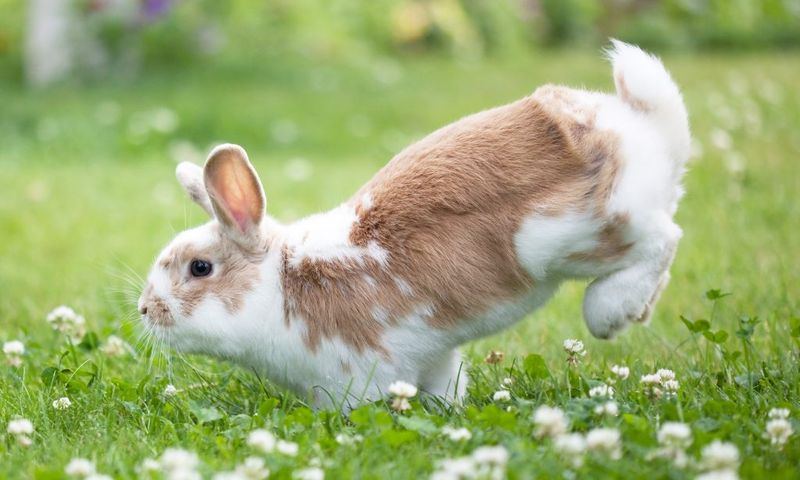
Rabbits can sense fear in their environment through scent and observation. When a rabbit detects fear, it may thump its hind legs as a warning signal or flee to safety.
This instinctual response helps them avoid predators and remain vigilant. Rabbits’ ability to sense fear is part of their survival strategy, allowing them to thrive even in challenging conditions.
Their cute appearance belies a keen awareness of their surroundings and a remarkable ability to respond to potential threats.

